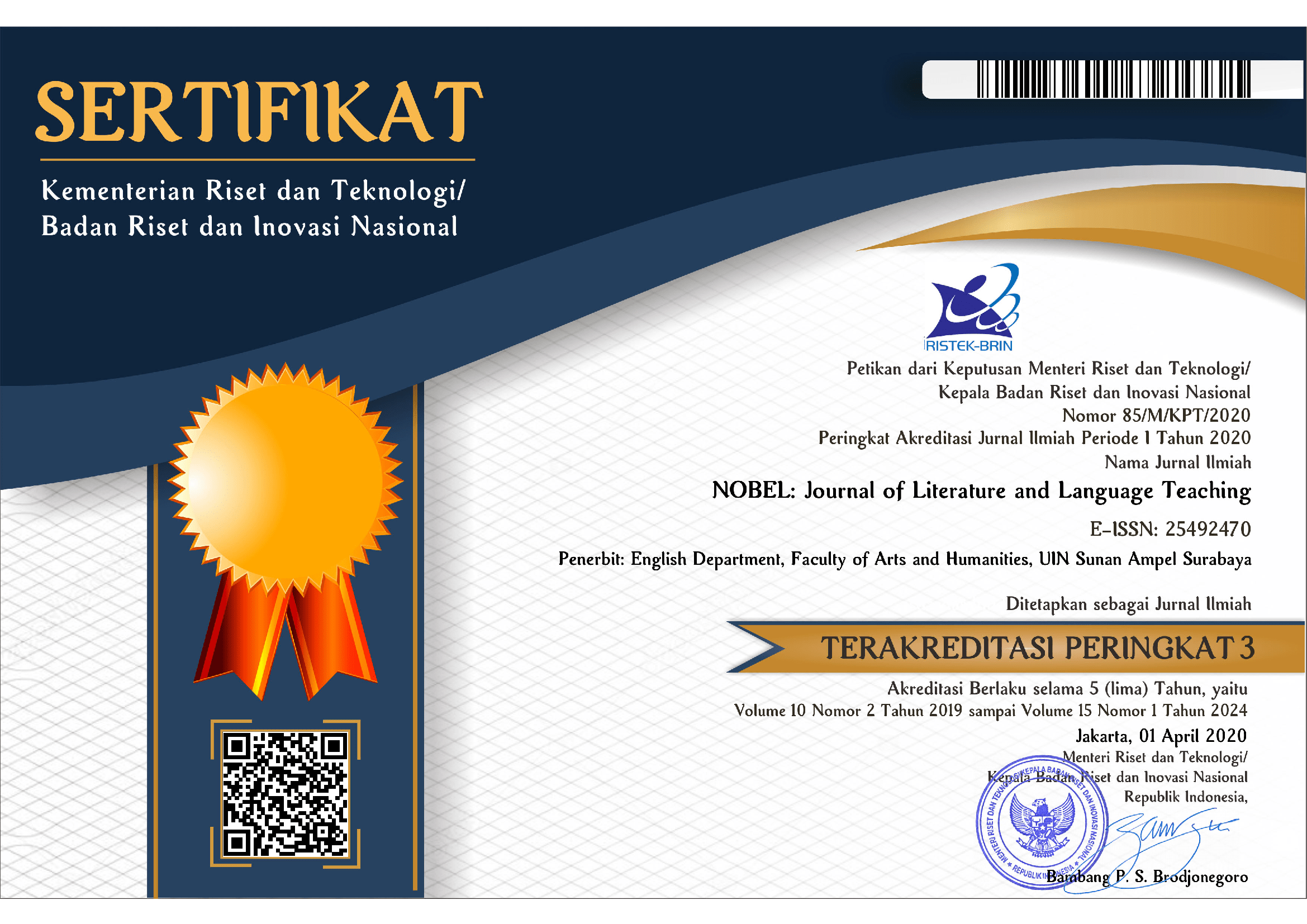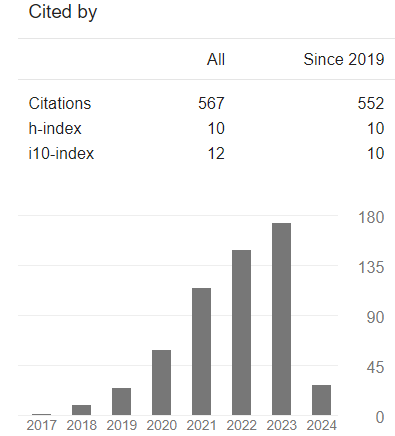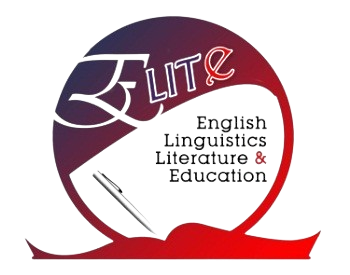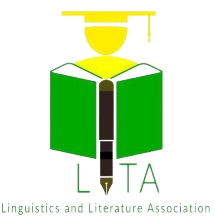A Comparative Study on the Theoretical Development of Functions of Language with Reference to Bühler, Jakobson, and Halliday
DOI:
https://doi.org/10.15642/NOBEL.2021.12.2.277-291Abstract
This paper attempts to describe and compare the functionalist explanations of the language of Bühler, Jakobson, and Halliday. These three functionalists are not the leading figures to propose the theory of functions of language, but their descriptions of the theoretical framework and the natural selection of language usages have proven to be more credible and therefore accepted by the linguistics community today. Since these functional insights are original conceptions, there have been significant theoretical developments, and there is now a large evidence base to authenticate the contemporary theoretical development. This study, thus, discusses the specific claims of the theoretical framework of the three functionalists, highlights their similarities, and differentiates major characteristics on the queries of how the functionalists explain their observations of functions of language and theory of language explain the multiplicity of language functions. This comparison has revealed that the functionalists initially have perceived the importance of an individual’s language as a social need and the ubiquity of these comparisons. The complexity of social comparisons presents a potentially fruitful explanation. Further, this paper recommends that explanations be considered for studying languages and other semiotic resources.
Downloads
References
Bradford, R. (1994). Roman Jakobson: life, language and art. Routledge. https://doi.org/10.4324/9780203979839
Brugmann, K. (1925). Die syntax des einfachen satzes im Indogermanischen. De Gruyter Mouton. https://doi.org/https://doi.org/10.1515/9783111586304
Bühler, K. (1990). Theory of language: the representational function of language (F. G. Donald (ed.)). John Benjamins.
Debra, N. (2002). The people of Plato: a prosopography of Plato and other Socratics. Hackett Publishing.
Eco, U. (1976). A theory of semiotics. Indiana University Press.
Elissa, A. (2017). What is a system? what is a function? In T. Bartlett & G. O’Grady (Eds.), The Routledge handbook of systemic functional linguistics. Routledge.
Finch, G. (2003). How to study linguistics: a guide to understanding language (2nd ed.). Palgrave Macmillan.
Firth, J. R. (1935). The technique of semantics. In Papers in linguistics: 1934-1951 (pp. 7–33). Oxford University Press. https://doi.org/https://doi.org/10.1111/j.1467-968X.1935.tb01254
Gardiner, A. H. (1932). The theory of speech and language. Oxford University Press.
Halliday, M. A. K. (1975). Learning how to mean: explorations in the development of Language. Edward Arnold.
Halliday, M. A. K. (1978). Language as social semiotic: the social interpretation of language and meaning. Edward Arnold.
Halliday, M. A. K. (1985). Spoken and written language. Oxford University Press.
Halliday, M. A. K. (1994). Introduction to functional grammar. Edward Arnold.
Halliday, M. A. K., & Matthiessen, C. M. I. M. (2014). Halliday’s introduction to functional grammar (4th ed.). Routledge.
Hodge, R., & Kress, G. (1988). Social semiotics. Polity Press.
Hymes, D. H. (1967). Models of the interaction of language and social setting. Journal of Social Issues, 23(2), 8–38.
Jakobson, R. (1960). Closing statement: linguistics and poetics. In T. A. Sebeok (Ed.), Style in language (pp. 350–377). MIT Press.
Jakobson, R. (1971). Linguistics and communication theory. In Selected writings II: Word and language (pp. 570–579). Mouton.
Jakobson, R. (1985). Metalanguage as a linguistic problem. In R. Stephen (Ed.), Selected writings VII: Contribution to comparative mythology. Studies in linguistics and philology, 1972-1982 (pp. 113–121). Mouton.
Leeuwen, T. V. (2005). Introducing social semiotics. Routledge.
Malinowski, B. (1936). The problem of meaning in primitive languages. In I. A. Richards & C. K. Ogden (Eds.), The meaning of meaning: a study influence of language upon thought and of the science of symbolism (4th ed., pp. 296–336). Kegan Paul, Trench, Trubner.
Mathesius, V. (1936). Essay on theory of structural grammar (Pokus o teorii strukturální mluvnice). Slovo a Slovesnost, 2(1), 47–54.
Mathesius, V. (1975). A functional analysis of present day English on a general linguistic basis (J. Vachek (ed.)). De Gruyter Mouton. https://doi.org/https://doi.org/10.1515/9783110813296
Saussure, F. de. (2003). Course in general linguistics (C. Bally, A. Sechehaye, A. Riedlinger, & R. Harris (eds.)). Payot.
Shannon, C. E., & Weaver, W. (1964). The mathematical theory of communication. The University of Illinois Press.
Vachek, J. (1976). Selected writings in English and general linguistics. Academia.
Wegener, P. (1885). Untersuchungen ueber die grundfragen des sprachlebens. Max Niemeyer.
Downloads
Published
How to Cite
Issue
Section
License
Copyright (c) 2021 NOBEL: Journal of Literature and Language Teaching

This work is licensed under a Creative Commons Attribution 4.0 International License.







